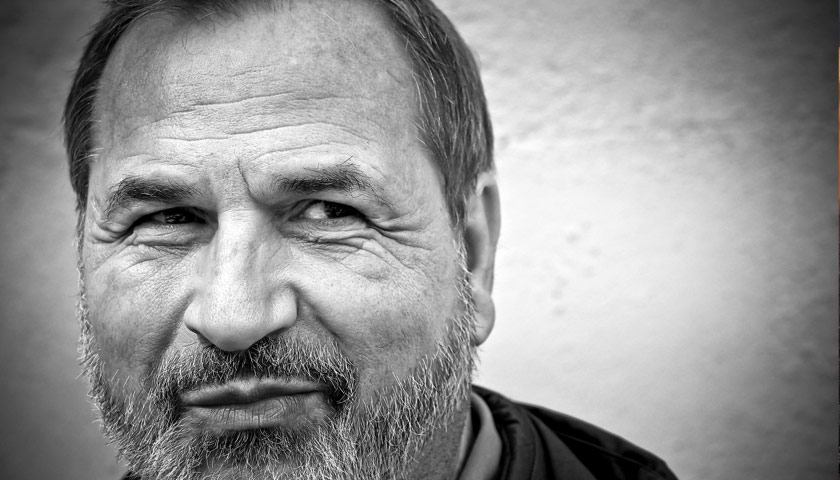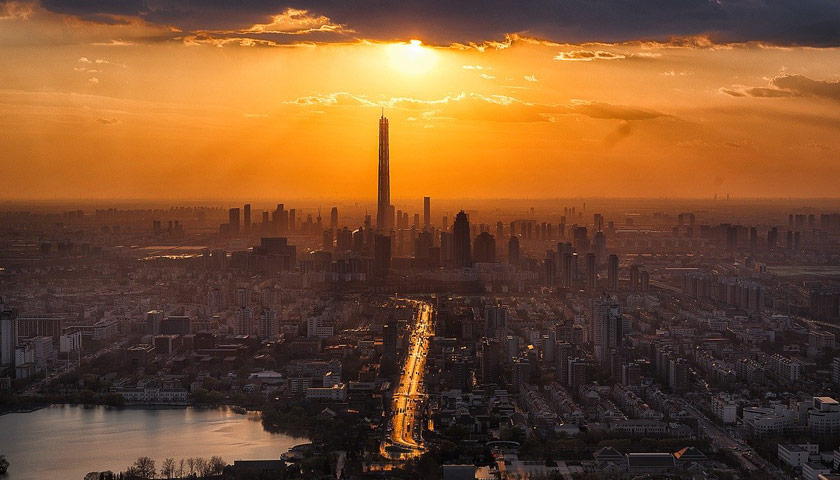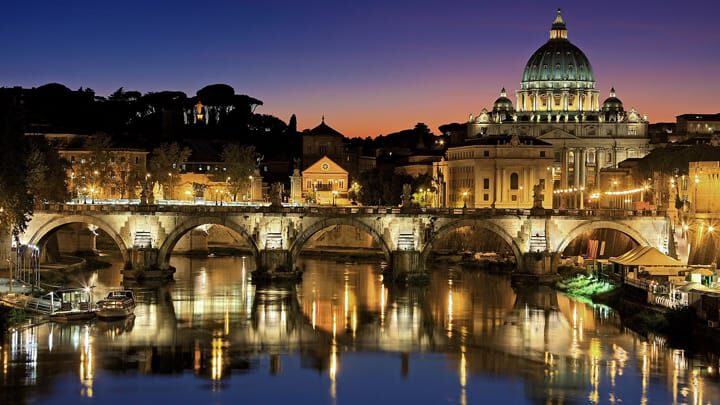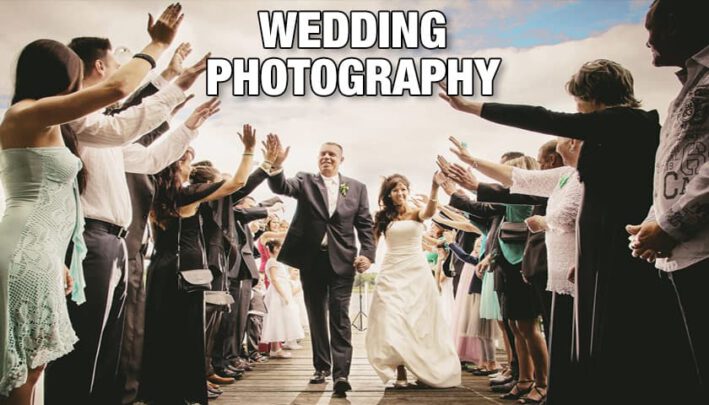Hits: 79
There is an area in every image where the photographer wants the viewer to look, what they consider to be the main feature, yet sometimes the eye is taken elsewhere in the photograph. This could be a blown out highlight in the sky, an area that is bold, or it could even be a tree branch protruding into the frame from one side or the other. This is where applying the right vignette to an image can mask an annoying area and make the eye fall where the photographer intended.
Hide areas
The use of vignettes to guide the viewers eye to the main feature is not new to photography. Photographers of old have always used a vignette, especially when shooting portraits, to make sure the eye falls on the main subject.

In days gone by the professional photographer used the dark room much like we use photoshop or other post production software today.
The use of dodge and burn techniques, taking out annoying features within the frame and using compositing skills was a tool the professional used time and again when developing from the negative.

Vignettes, can be harsh or very lightly done. They can be used on landscapes, portraits, black and whites or colored prints. Vignettes can be black, white or any color the photographer chooses, round, oval, square or oblong.
They are a tool that we all can use to direct the eye to the main feature and that’s all they are, something we can use as photographers to enhance the viewers experience.
Application
You can apply a vignette across the top of your image to darken a sky a little and make the eyes look more to the centre, or across the bottom to raise the eyes.
The vignette doesn’t have to be applied to each side of the frame.

You can also use a vignette to hide areas within the frame that are annoying, particularly if they are along the edges.
Got a few weeds showing in an otherwise great image? You can either remove them with Photoshop altogether or hide that area using a partial vignette.
Darkening and lightening images is something that photographers have used to enhance their images since the invention of photography. Just try adding the odd vignette when you next do some post production work on images. You could be surprised with the results.




